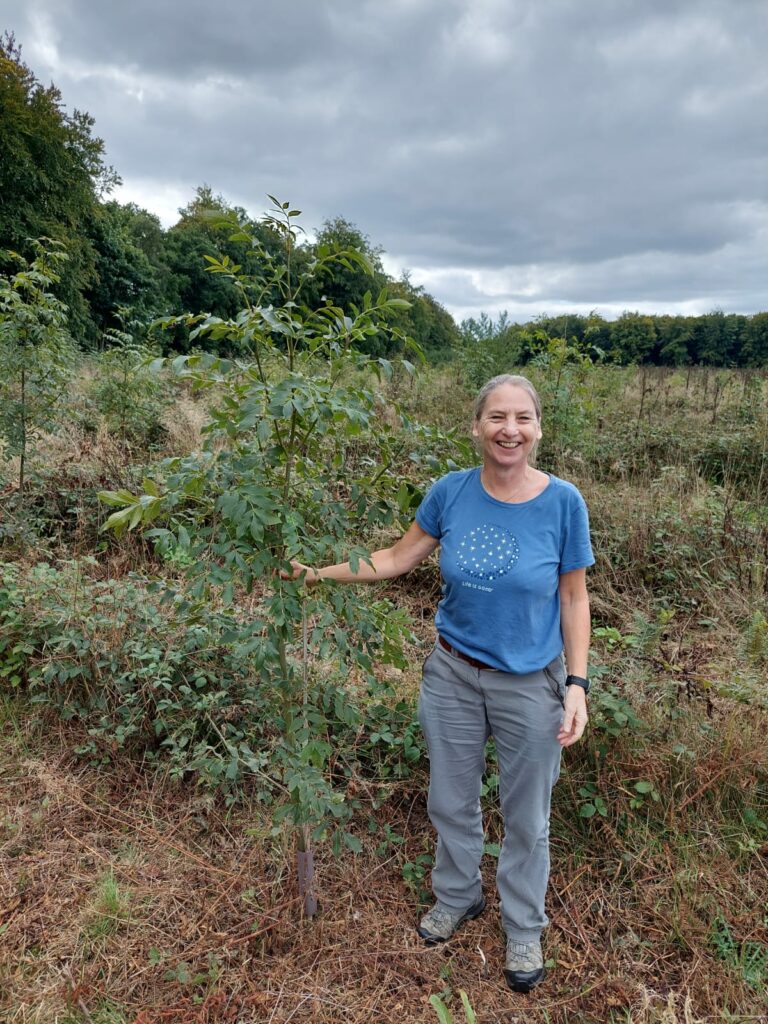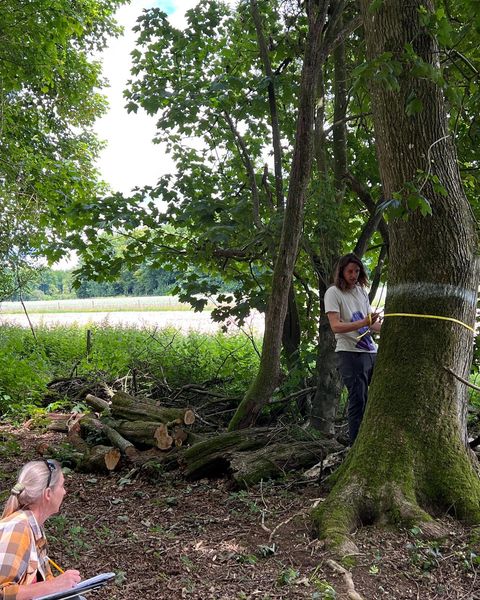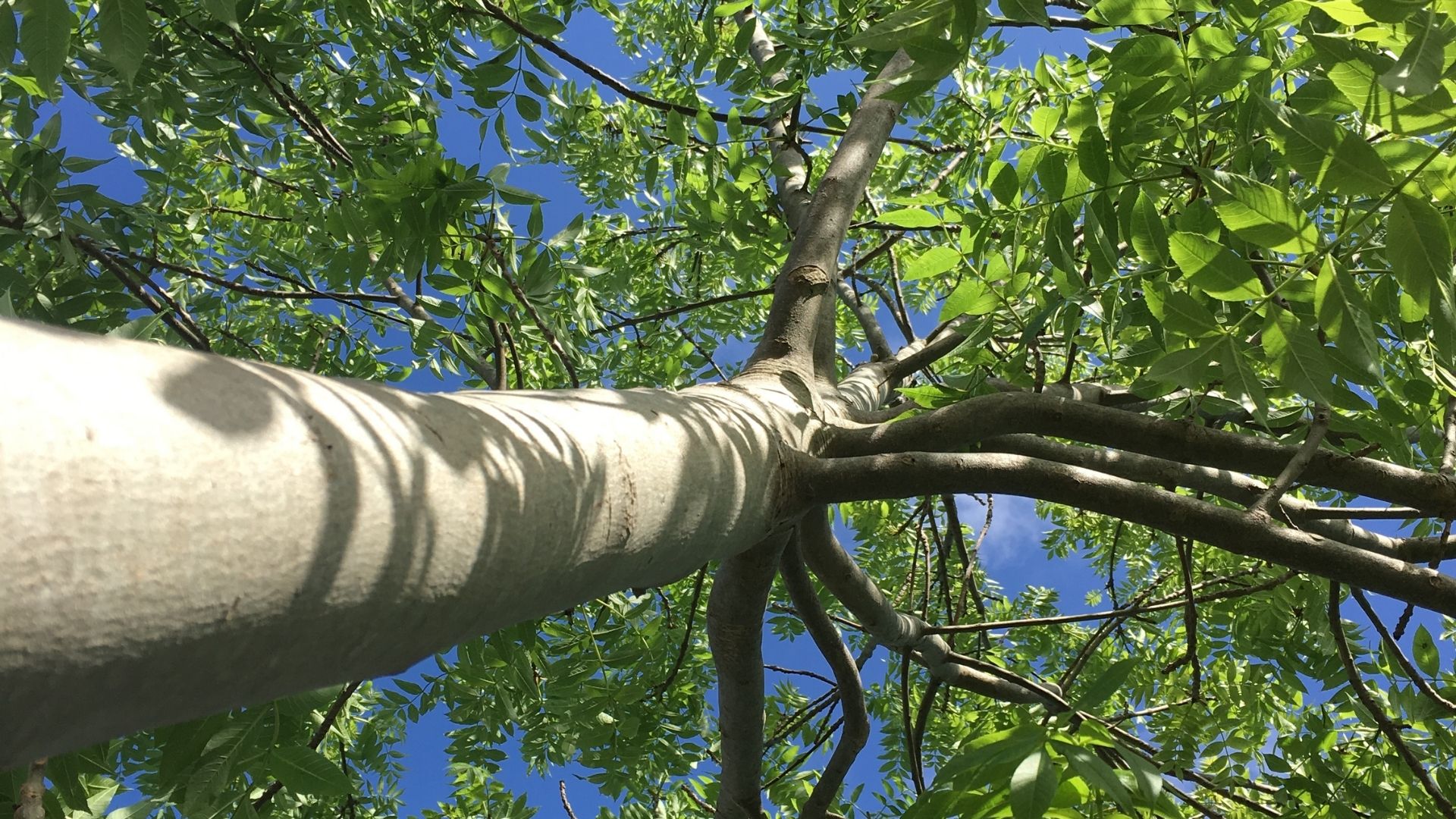A Living Ash Project annual update by Joe Beesley, Researcher at Future Trees Trust for #PlantHealthWeek
Ash dieback is a serious disease of our ash trees caused by the non-native fungal pathogen Hymenoscyphus fraxineus. It was first identified in the UK in 2012 and has now spread across the majority of the country. DEFRA has been funding a range of projects to understand the disease and investigate approaches to save our ash population. The Living Ash Project (LAP) was launched to identify ash trees in British woodlands that were remaining healthy in badly diseased woodlands. By grafting these trees and investigating their tolerance we hope to reinstate ash as a productive broadleaved species in the future.
Phase 1: Field Trials
The first phase of the project, completed in 2019, assessed 40,000 ash trees growing in research trials and visited productive ash woodlands up and down the country. Together with a Forest Research project that screened a further 155,000 ash trees in field trials, almost 1,000 trees with good health were selected, grafted and planted at an archive site to secure their genetics.

Assessing ash archive where tolerant ash trees are grafted
Phase 2: Monitoring & Testing
Working with Forest Research, Fera Science and Royal Botanic Gardens, Kew, we are now in the second phase of the LAP. As well as monitoring the health of the trees at the archive site and making new selections, we are using experimental techniques to test and understand the tolerance of our trees. Fera are studying the chemical fingerprint of healthy and diseased trees to develop a quick diagnostic test, while Forest Research are carrying out controlled inoculations through direct stem and leaf infections.

Scientists at Forest Research have been doing controlled inoculations. Photo credit: Caroline Gorton
Completing The Project
This is the final year of our project, and it will be a busy 12 months as we bring the work to completion. Throughout the summer we will be assessing ash research trials and revisiting many of the original selections to see how they are faring in the wider environment. From both these sources we hope to select a further 300 trees showing good health. These will be grafted in the winter and replace trees that have died in our archive due to ash dieback. By removing these poorer selections and replacing them with more healthy trees, we are building a resource of potentially tolerant ash that can be the foundation of a future breeding programme to restore ash to British landscape.

Head of Research Jo Clark and Researcher Joe Beesley, Future Trees Trust recording a healthy ash tree showing good tolerance to ash dieback
Keep an eye on our social media for posts and updates about the project.


Leave A Comment